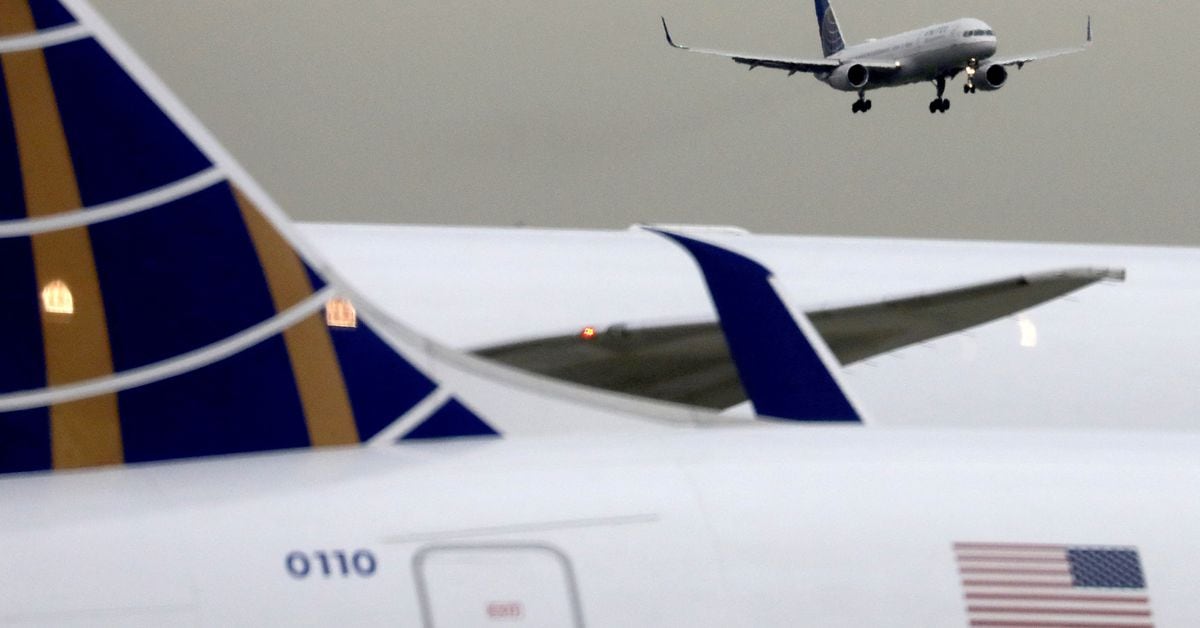There was an interesting Reuters article recently about United struggling with FOs being unwilling to upgrade to captaincy to the point that they're facing a shortage of captains. I'll link the article below, but it seems to partly be because more and more senior FOs are quite happy with the schedule and quality of life their seniority within the FO ranks affords, even relative to the extra money captaincy may pay.
Firstly there may not be any extra money in the promotion. There may be eventually, but the chances are that you'll have had to go to a smaller aircraft, on a lower pay scale to get the promotion slot. Straight away, without any issues of seniority, that almost certainly means a worse life style. You can't stay on the 'senior' aircraft that you may be on, because the slots there are wanted for the captains on the lessor aircraft looking to improve their lives. If they were to let the FO's have the slots on those senior aircraft, then they'd probably suffer a loss of captains from below. It's a queue. You can't jump it, but nothing stops you from standing still.
The issue is that the work and pay for these junior captains isn't particularly acceptable. They're being told that by these FOs. Solution is to fix the problem, not to find a stick.
Thinking about my own 767 command. Taking it probably cost me about $100,000 over the first five years. At the end of my 12 years there, I'd probably made that back, but I certainly wasn't ahead. The real killer though, was time off. The difference was dramatic. I'd need to go back through the rosters to be able to work it out exactly, but I do recall calculating that over the period I was on the 767 I had around a year less time at home vs the 747-400.
I'm sure it's not a new thing, but do you feel this is getting more common post-covid?
It's always happened. When I got my 767 command, I jumped about 40 other FOs who were senior to me, because, for lots of reasons, they didn't want to go to the 767 at that point. Some were hanging out for a 747-400 command (an avenue that QF closed) or 747 Classic. Some just waited a year or two, others never jumped. My guess is that 80% of the ones who didn't jump would have had issues and were better off staying in the right seat.
I don't know what effects covid had. Locally, a huge group of pilots retired, many years early, so in theory that should have opened up many slots. On the other hand, management used it as an opportunity to apply some pretty terrible EBAs, that I think will bite them in years to come, by making the entire career much less desirable.
Is there anything airlines can / do do to "nudge" FOs into the captain's chair who have decent seniority, or are there ways the seniority systems allows these issues to gradually normalise?
If nobody at all wants the seats, then I'm sure they could hire instant captains from outside. But, that's only if their applicable pay and conditions are such that an already qualified pilot would want them. I suspect they aren't, so it's basically a huge "own goal".















